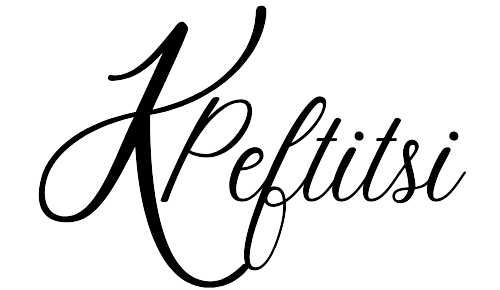The Versatility of Acrylic Ink and Pastel Oil in Greek Art
Greek art has a rich history that spans centuries, and it continues to inspire artists around the world. One of the most versatile mediums used by Greek artists is acrylic ink, which offers a wide range of possibilities for expression. Additionally, pastel oil is another popular choice among Greek artists due to its unique properties. In this blog post, we will explore the use of acrylic ink and pastel oil in Greek art and how these mediums have contributed to the development of the Greek artistic tradition.
The Vibrant Colors of Acrylic Ink
Acrylic ink is known for its vibrant and intense colors, making it a popular choice for Greek artists who seek to capture the essence of their subjects. Whether painting landscapes, still life, or portraits, acrylic ink allows artists to create bold and expressive works of art. The fluidity of the ink enables artists to achieve smooth transitions and intricate details, adding depth and dimension to their creations.
Moreover, acrylic ink dries quickly, allowing artists to layer colors and create textures with ease. This characteristic is particularly advantageous for Greek artists who often depict the natural beauty of their surroundings. By using acrylic ink, they can capture the luminosity of the Mediterranean Sea, the warmth of the sunsets, and the vibrant hues of the Greek countryside.
The Subtle Textures of Pastel Oil
While acrylic ink is known for its boldness, pastel oil offers Greek artists a different set of possibilities. Pastel oil is a versatile medium that allows artists to create soft and subtle textures, making it ideal for capturing the delicate details of Greek architecture, sculptures, and portraits.
With pastel oil, Greek artists can achieve a range of effects, from smooth and velvety surfaces to rough and textured finishes. This flexibility enables them to convey the intricate patterns of ancient Greek pottery or the weathered textures of ancient ruins. The rich and creamy consistency of pastel oil also allows for easy blending, providing artists with the ability to create seamless transitions between colors.
The Fusion of Acrylic Ink and Pastel Oil
Some Greek artists choose to combine acrylic ink and pastel oil in their works, creating a unique fusion of both mediums. This combination allows for the best of both worlds, with the vibrant colors of acrylic ink and the subtle textures of pastel oil working harmoniously together.
By using acrylic ink as a base layer and adding layers of pastel oil on top, artists can achieve a multi-dimensional effect that brings their subjects to life. This technique is particularly effective when depicting the human form, as it allows artists to capture the nuances of skin tones and create a sense of depth and realism.
In conclusion, the use of acrylic ink and pastel oil in Greek art has contributed to the rich and diverse artistic tradition of Greece. Whether used individually or in combination, these mediums offer Greek artists a wide range of possibilities for expression. From the vibrant colors of acrylic ink to the subtle textures of pastel oil, these mediums enable artists to capture the essence of their subjects and bring their artistic visions to life.
